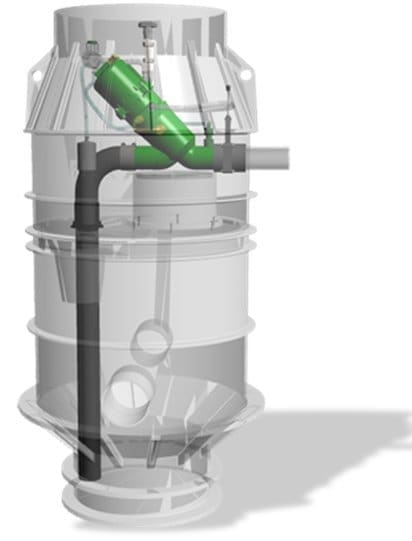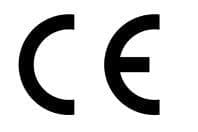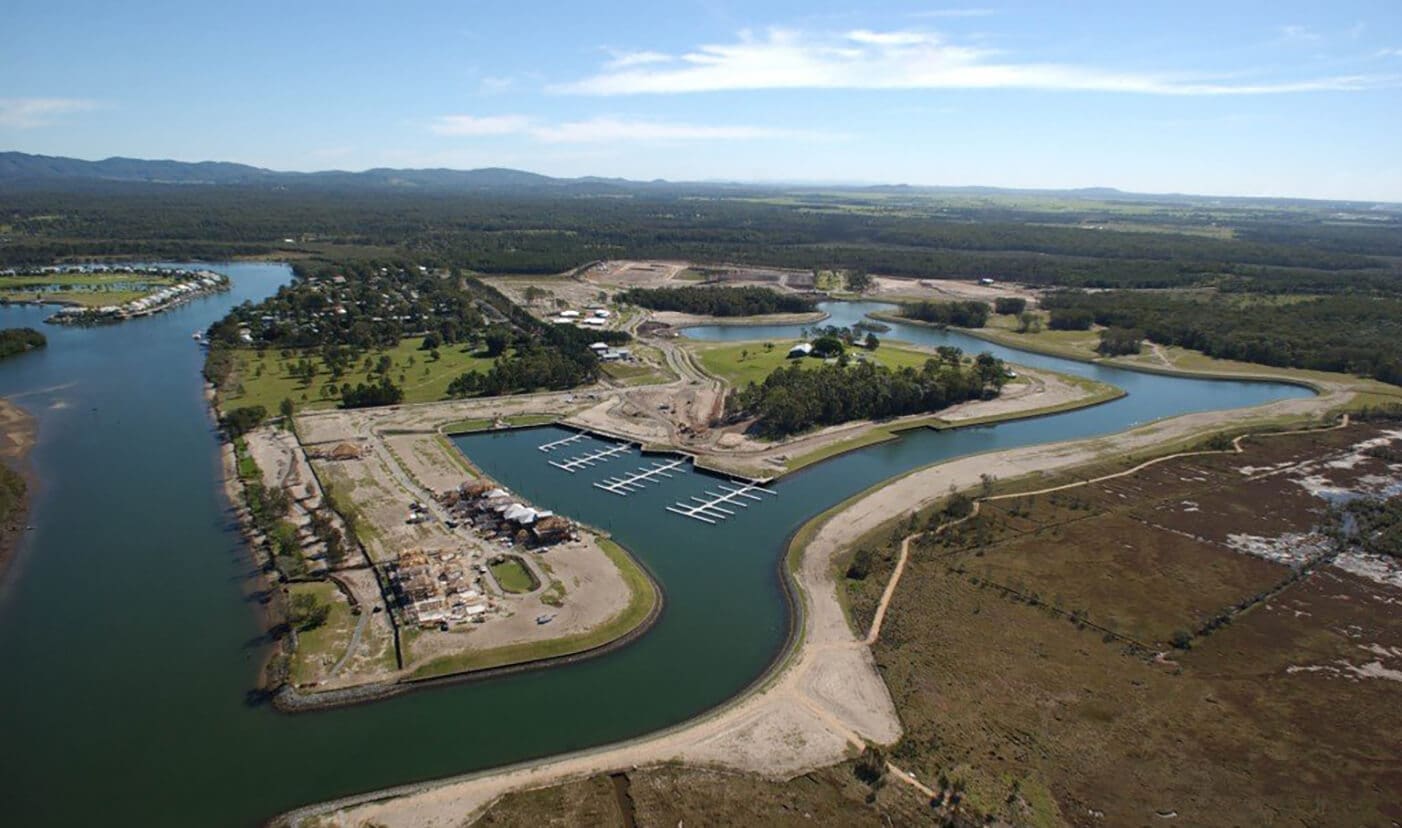Joel Lillienthal, the pioneer of modern vacuum systems granted early patents to Electrolux for the development of the vacuum sewerage industry in the early 1960’s. Those systems were developed using 2-inch (50 mm) vacuum valves as many were used for just grey water, marine applications, and single house applications. Modern vacuum systems all use 3-inch or 90 mm vacuum valves and this is a requirement under most standards.
The 2-inch valves that were installed in many early projects used a membrane type valve and an old-fashioned ball float controller, similar to what was used in old toilet cisterns. Both the membrane valve and ball float increased operational problems in these systems, as did the smaller 2-inch size of the valve. As most plumbing fixtures within the house had a 3-inch clearance the vacuum valve became a choke point.
The development and use of 3-inch valves in the 1970’s reduced the rate of blockages and vast improvements to the technology in the years since have meant that vacuum sewers are the preferred alternate sewage system in many countries. Sadly, most of these early vacuum sewers had corresponding size issues with smaller diameter pipes and small diameter collection pits for holding the vacuum valves. This meant that it was often impossible to replace the existing valves with modern larger ones.
Although there are still many hundreds of vacuum systems left from the sixties which are still working, they do have high operational costs and problems can be difficult to find. This has caused some anxiety around vacuum technology in areas where these systems still exist.










